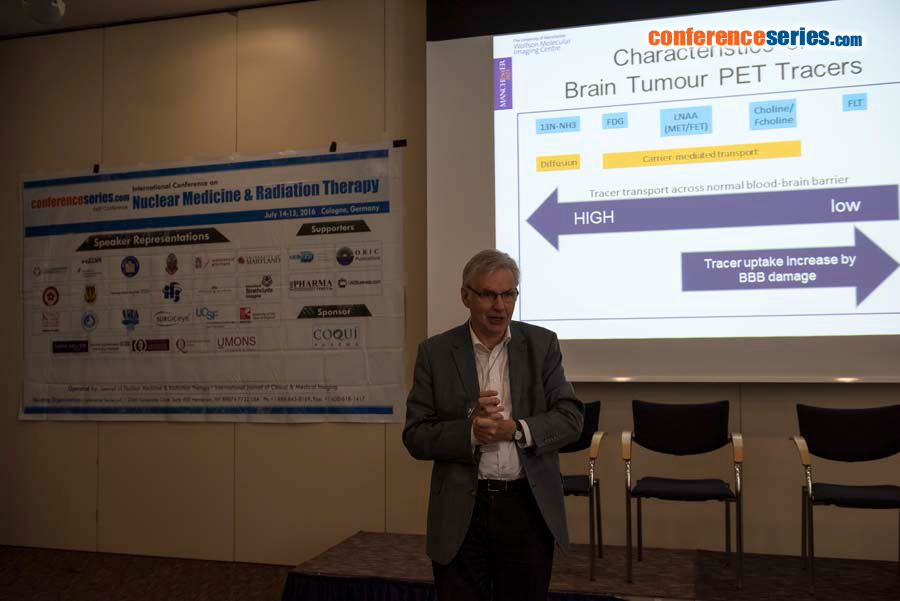
Karl Herholz
University of Manchester, UK
Title: Planning and Monitoring Brain Tumour Therapy by Positron Emission Tomography (PET)
Biography
Biography: Karl Herholz
Abstract
Modern brain tumour imaging mainly relies on MR, while PET can provide additional information for grading, therapy planning and assessment of response to therapy. PET is most informative when used jointly with MR by image registration and fusion display. 18F-FDG does not provide good contrast from normal brain, but can predict prognosis and differentiate cerebral lymphoma from nonmalignant lesions. Amino acid tracers including 11C-methionine, 18F-fluoroethyltyrosine (FET), and 18F-fluoroDOPA provide high sensitivity, which is most useful for detecting recurrent or residual gliomas, including most low-grade gliomas. 18F-fluorothymidine (FLT) is a proliferation marker with potential for tumor grading and monitoring of therapy, but it can only be used in tumors with absent or broken blood–brain barrier. Ligands for somatostatin receptors are of particular interest in pituitary adenomas and meningiomas. Tracers to image expression of specific cellular markers, neovascularization, hypoxia, and phospholipid synthesis are under investigation for potential clinical use.




